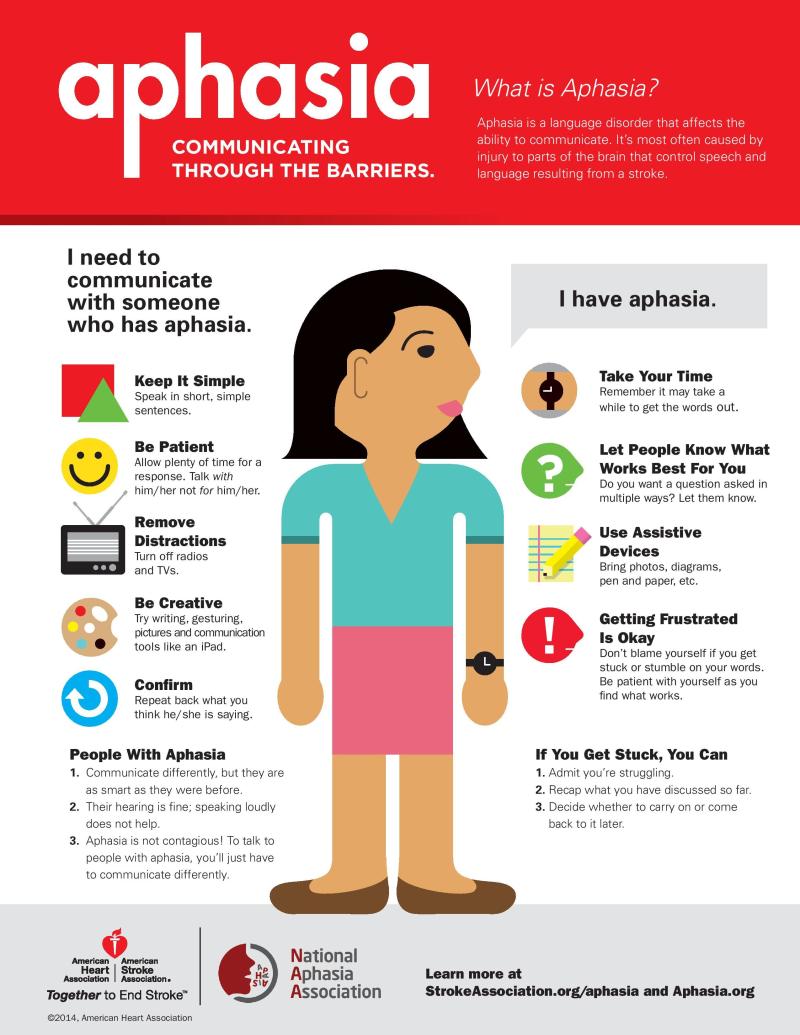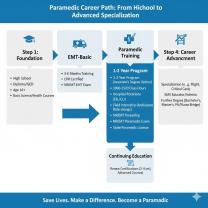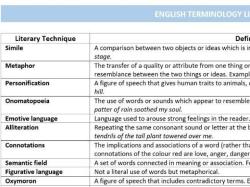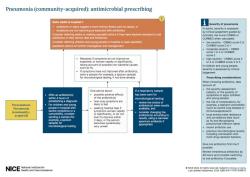What is dysarthria and verbal apraxia?
Dysarthria and verbal apraxia are both speech disorders that affect an individual's ability to articulate and produce speech sounds accurately. While they share similarities, they have distinct characteristics and arise from different underlying causes.
Dysarthria:
Definition:Dysarthria is a motor speech disorder that results from weakness, paralysis, or incoordination of the muscles used in speech production. These muscles may include those responsible for controlling the lips, tongue, vocal cords, and respiratory system.
Characteristics:
- Slurred Speech: Individuals with dysarthria often exhibit slurred or unclear speech.
- Weakness or Lack of Coordination: There is a weakness or lack of coordination in the muscles involved in speech production.
- Variability in Symptoms: Dysarthria can vary widely in severity and presentation depending on the underlying cause and affected muscles.
- Respiratory Involvement: In some cases, respiratory weakness may contribute to reduced breath support during speech.
Causes:Dysarthria can result from various conditions, including:
- Stroke
- Traumatic brain injury
- Neurodegenerative diseases (e.g., Parkinson's disease, ALS)
- Multiple sclerosis
- Brain tumors
- Damage to the cranial nerves controlling speech muscles
Verbal Apraxia (Apraxia of Speech):
Definition:Verbal apraxia, or apraxia of speech (AOS), is a motor speech disorder characterized by difficulty planning and coordinating the movements required for speech. It is not related to muscle weakness but rather involves disruptions in the neural pathways responsible for programming the precise sequences of muscle movements needed for speech.
Characteristics:
- Inconsistent Errors: Individuals with apraxia may produce inconsistent errors in their speech, even when attempting the same word multiple times.
- Articulatory Groping: There may be apparent efforts to coordinate speech sounds, including visible or audible attempts to "grip" or "find" the correct articulatory position.
- Difficulty Initiating Speech: Initiating speech or restarting speech after a pause can be challenging.
- Preservation of Automatic Speech: Some individuals with apraxia may demonstrate better performance with automatic, well-rehearsed speech (e.g., counting or singing).
Causes:The exact cause of apraxia of speech is not always clear, but it is often associated with neurological conditions such as:
- Stroke
- Traumatic brain injury
- Brain tumors
- Neurodegenerative diseases
- Genetic factors
Differentiation:
While dysarthria and apraxia of speech both impact speech production, they can often co-occur. A key distinction is that dysarthria involves muscle weakness or incoordination, whereas apraxia of speech involves difficulties in the planning and programming of speech movements without muscle weakness.
Both conditions can benefit from speech therapy interventions, though the specific therapeutic approaches may vary based on the nature of the disorder. A speech-language pathologist plays a crucial role in assessing and diagnosing these disorders and designing individualized treatment plans.
How do dysarthria and verbal apraxia differ in speech disorders?
While both dysarthria and verbal apraxia are speech disorders that affect communication, they differ significantly in their underlying causes and symptoms:
Dysarthria:
- Cause: Caused by neurological damage affecting the muscles and nerves responsible for speech production. This includes conditions like stroke, Parkinson's disease, cerebral palsy, multiple sclerosis, and brain injury.
- Symptoms:
- Slurred speech
- Difficulty articulating sounds
- Monotone voice
- Difficulty controlling volume
- Slowed speech rate
- Breathiness
- Tremor or weakness in the voice
Verbal Apraxia:
- Cause: Caused by a disruption in the brain's ability to plan and sequence the movements necessary for speech production. The neurological damage is typically located in the areas responsible for motor planning and coordination.
- Symptoms:
- Difficulty finding the correct words
- Difficulty starting words or syllables
- Difficulty producing specific sounds or sound combinations
- Inconsistent errors in speech production
- Speech that sounds halting or choppy
- Difficulty imitating speech
Here's a table summarizing the key differences:
| Feature | Dysarthria | Verbal Apraxia |
|---|---|---|
| Cause | Neurological damage affecting muscles and nerves | Disruption in motor planning and coordination |
| Symptoms | Slurred speech, difficulty articulating, monotone voice, etc. | Difficulty finding words, starting words, inconsistent errors, etc. |
| Speech Sound Errors | Consistent errors due to muscle weakness or lack of coordination | Inconsistent errors due to difficulty planning and sequencing movements |
| Speech Rate | Slowed or fast | Normal or slow, but with pauses and hesitations |
| Prosody | Monotone or lacking in variation | May be normal or abnormal |
| Imitation | Usually normal | Difficulty imitating speech |
Additional differences:
- Comprehension: Individuals with dysarthria typically have no problem understanding speech, while those with verbal apraxia may have difficulty understanding complex sentences or rapid speech.
- Severity: Dysarthria can range from mild to severe, while verbal apraxia is usually more severe and can affect the ability to communicate effectively.
- Treatment: Both disorders require speech therapy, but the specific techniques used may differ based on the individual's needs and symptoms.
It is important to note that these are general differences and there can be overlap among the symptoms of dysarthria and verbal apraxia. Additionally, some individuals may have both disorders at the same time.
Here are some resources for further information:
- American Speech-Language-Hearing Association (ASHA):
- National Institute on Deafness and Other Communication Disorders (NIDCD):
- Speech Disorders: https://www.nidcd.nih.gov/
By understanding the differences between dysarthria and verbal apraxia, individuals and families can better understand their specific challenges and seek appropriate treatment options to improve their communication abilities.













